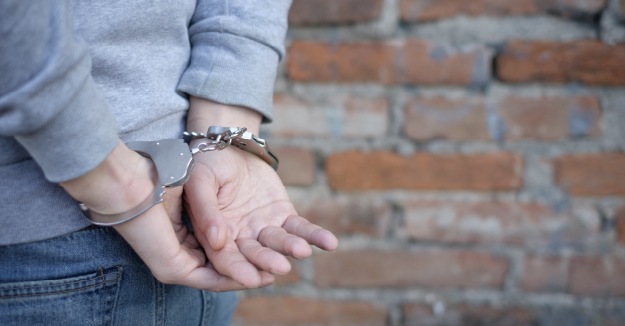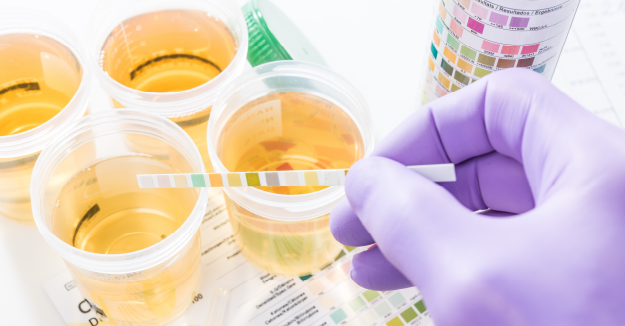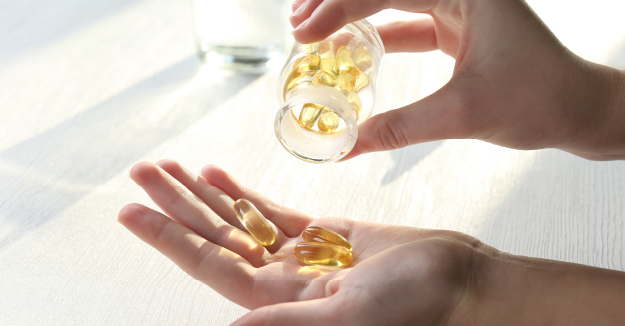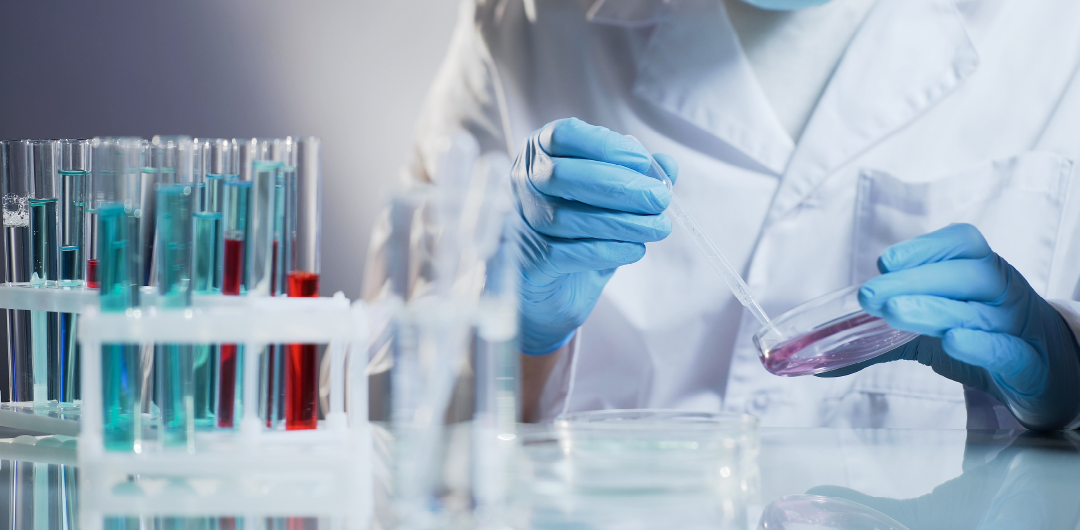Keep reading to learn more about the purpose of toxicology tests, how they work, what they detect, and how you can understand the results.

What is the Purpose of Toxicology Testing?
A person can be tested for drug use for medical, legal, professional, or educational reasons. The explanations below outline some of the most common reasons a person may need to undergo toxicology testing.
Medical
In the event of a medical emergency, a person may be given a toxicology test to detect an accidental or intentional drug overdose or poisoning. Patients undergoing surgery or who are pregnant may also be asked to undergo toxicology testing. Doctors can also test patients for compliance with prescribed medication and/or possible unreported drug use, which may interfere with a treatment plan. Healthcare professionals use toxicology testing results in conjunction with other clinical information to enhance care for their patients.
Legal
A person who is on parole, undergoing investigation, or in a drug rehabilitation program may also be tested for the presence of drugs in the body to ensure they are not engaging in substance abuse.
Professional
People who work may be asked to take a toxicology test by their new employer.
Educational
Student athletes may be asked to get tested to ensure they are not using any performance-enhancing drugs.

The Toxicology Testing Process
Most commonly, toxicology tests are done using blood tests or a urine test. Hair, sweat, and saliva can also be used to detect drugs in the body and to confirm their amounts. In extreme cases, doctors may use the contents of the stomach to perform a drug test if they suspect a person has orally ingested a toxic or illicit substance.
In a blood toxicology test, a blood sample is taken intravenously and then tested for the presence of drugs. A urine test is conducted by collecting the urine in a medical sample cup. Your physician then collects the sample and analyzes the chemical composition of the urine to find out if drugs are present.
You can usually expect to receive the results of your toxicology tests in roughly 24 to 48 hours.
Before undergoing a toxicology test, be sure to tell your health care provider the names and amounts of any and all over-the-counter medicines or illicit substances you have taken. Some medications or supplements can create false positives in the test results; notifying your doctor of the substances you’ve taken will clear up any false positives.

What Can Toxicology Tests Detect?
Standard toxicology tests can detect the presence of the following:
- Alcohol (Ethanol)
- Amphetamines
- Any Prescription Medicines
- Antidepressants
- Barbiturates
- Benzodiazepines
- Cocaine
- Flunitrazepam (Rohypnol)
- Gamma Hydroxybutyrate (GHB)
- Hypnotics
- Marijuana
- Narcotics
- Non-Narcotic Pain Medicines (i.e. Acetaminophen and Anti-Inflammatory Drugs)
- Phencyclidine (PCP)
- Phenothiazines (Antipsychotic or Tranquilizing Medicines)
Whether or not a toxicology test will be able to detect the presence or level of a drug in the body depends on how long it has been since the drug was taken. The following represents the approximate amount of time that trace elements of various drugs linger in the body and can be detected by a standard toxicology test:
- Alcohol: 3 to 10 hours
- Amphetamines: 24 to 48 hours
- Barbiturates: Up to 6 weeks
- Benzodiazepines: Up to 6 weeks with high use
- Cocaine: 2 to 4 days with mild to moderate use, and from 10 to 22 days with heavy use
- Codeine: 1 to 2 days
- Heroin: 1 to 2 days
- Hydromorphone: 1 to 2 days
- Methadone: 2 to 3 days
- Morphine: 1 to 2 days
- Phencyclidine (PCP): 1 to 8 days
- Propoxyphene: 6 to 48 hours
- Tetrahydrocannabinol (THC): 6 to 11 weeks with heavy use
It is important to note that some drugs may still be detectable using a medium other than blood or urine, despite being used outside the time range listed above.
Understanding Toxicology Test Results
The results of a toxicology test are relatively easy to understand.
If the results of this test read “Negative,” this means that the presence of either legal or illegal substances was not detected in your body.
Conversely, if the results read “Positive,” trace amounts of either legal or illegal drugs were detected in your system. In the event of a “Positive” result on a toxicology test, further blood tests may be performed to confirm the results and determine the specific types and quantities of the drugs in your system.
High levels of drugs in your system can indicate an intentional or accidental overdose, and further precautions or procedures may be undertaken to ensure your safety.
Toxicology Testing at OnPoint Lab
What is toxicology screening? We now know that toxicology tests are used for a variety of reasons to monitor the amounts and types of substances in a person’s body.
If you are requested to undergo a toxicology test, either a screening or a confirmation, for any reason, OnPoint Labs can help. Our facility offers urine test toxicology tests and can get you the results of your test quickly. Visit our website to schedule your toxicology test today.


